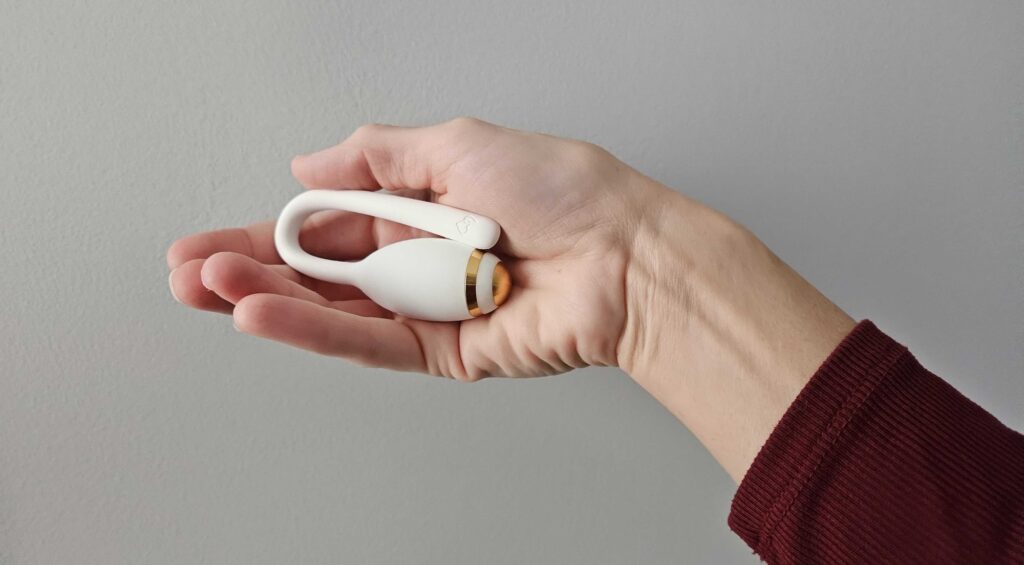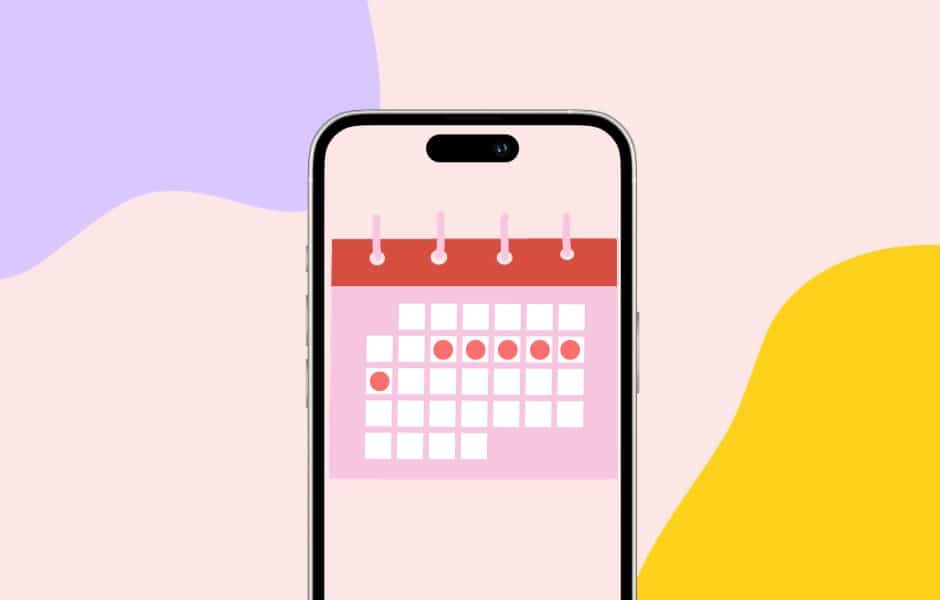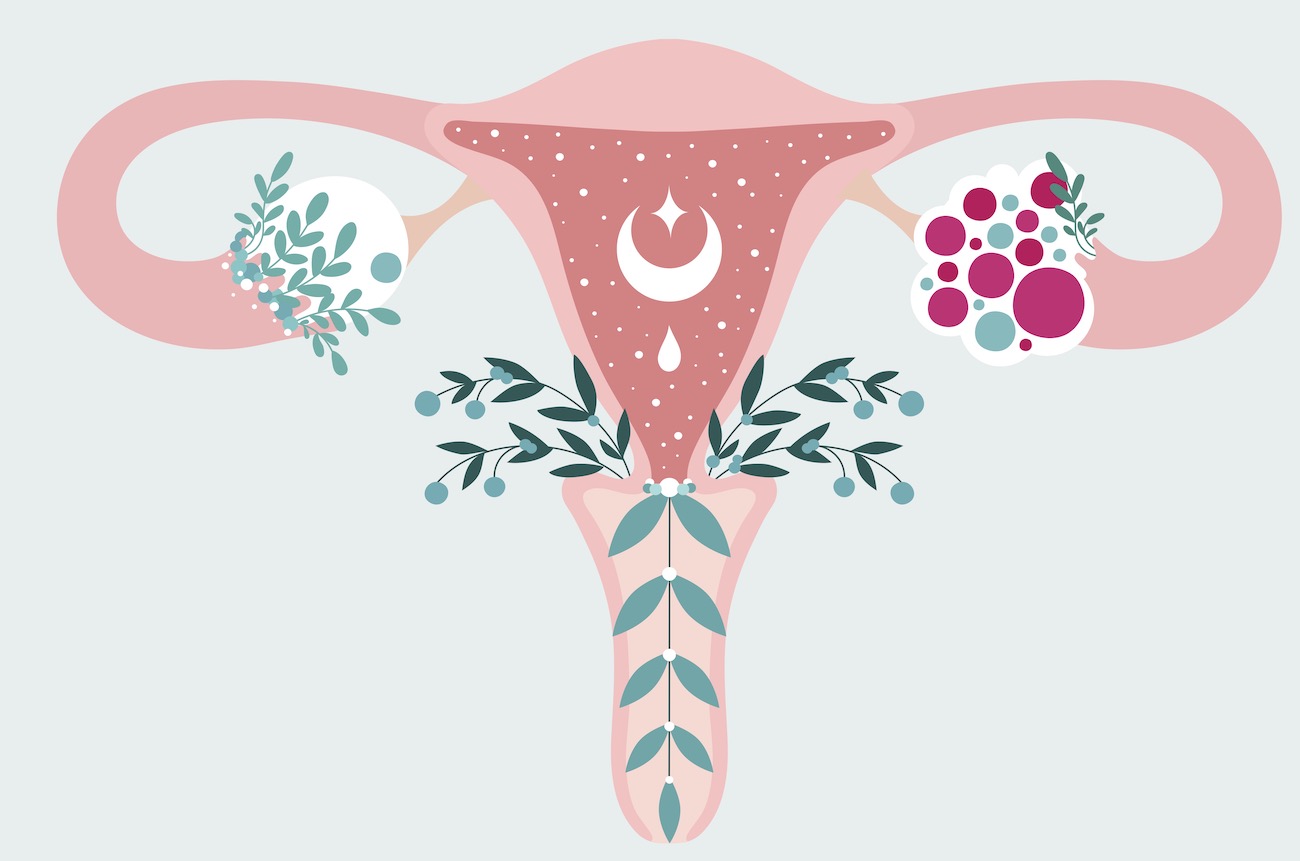The majority of us have tried fertility tracking apps on our trying to conceive journey. In fact, I have tried several such as Kindara, Fertility Friend, Flo, and Glow. I quickly learned that new apps were not going to help get me pregnant. Did you know the fertility predictions are based on averages of your cycle length and luteal phase lengths among women? There are NO data points specific to you that show you in real time when your fertile days are occurring. And, that’s exactly what I discovered. Cycle after cycle my tests were negative. My conclusion? Fertility tracking apps don’t work.
The goal of fertility tracking apps is the same: predict when you are fertile and predict when the next period will start. When you are trying to conceive, these coveted fertile days are very significant. So, if the app is not tailored to me, how would it help get me pregnant? This was exactly my question. The apps were wrong cycle after cycle at predicting my period so they didn’t stand a chance in being accurate in predicting my fertile days either.
Despite this nagging feeling, the apps were wrong, we decided to give it a “go”, trying during the fertile days. After 3 months, we decided enough was enough, and made the switch to a fertility tracker called kegg that actually tracks the real-time changes in the cervical fluid so I could see my full fertile window develop. Instead of averaging my cycle lengths, kegg more accurately shows the full fertile window than LH testing or basal body temperature tracking. When I heard that, I was sold, but the included money-back Pregnancy Guarantee and free app/no cost per use were added benefits.

The bad, the very bad, and the ugly of fertility tracking apps
Before we get down to the major flaws with fertility tracking apps, we first need to understand how fertility tracking apps work.
Fertility apps ask you to input your cycle data. This means when you start a new cycle, you input the cycle start date into the app. You can optionally track the flow (for example, light flow), spotting, basal body temperature, sex drive, and so forth. But for the means of prediction, calendar-based prediction apps depend on your past cycle length(s) to compare against other women with similar cycle lengths to predict the fertile window.
When I began using a fertility app I input my past 40-day cycle and a 32-day cycle. The app assumed my luteal phase length was average: 13 days. A normal luteal phase length is anywhere from 11-17 days, and average is 13 days. Typically the luteal phase length does not vary greatly in an individual but can vary amongst women. I have a 16-day luteal phase which means ovulation occurs about 17 days before the start of my new cycle. Since there are about 4 days that are typically fertile before ovulation, the fertile window extends from four days before ovulation through ovulation day itself. With a recorded 40-day and 32-day cycle, the app will average these two cycle lengths and will predict the next cycle will be 36 days in length. Since the algorithm assumes a 13-day luteal phase is typical for me, it plotted my fertile window between cycle days 18-22.
Since our bodies don’t operate on a smartphone app’s prediction, my next cycle was 35 days long and my fertile window occurred during cycle days 14-18 but the app predicted my fertile window would occur between cycle days 18-22. The prediction missed all but 1 day of my fertile window.
Now, let’s consider if your cycle lengths are regular and you have a classic 13-day long luteal phase. You have recorded cycles that are 30, 28, 27, and 29 days long. The app will average these 4 recorded cycle lengths (28.5) and predict your next cycle will be 29 days long. Your fertile window will be predicted to occur between cycle days 12-16. Your cycle is 27 days long and your fertile window occurs between cycle days 10-14. With only two overlapping dates, there are only two opportunities for you to time intercourse appropriately during your fertile window. Efforts outside of this window will not result in pregnancy.
Some more sophisticated apps factor in other observations, such as basal body temperature and LH testing into their algorithm. Sadly both of these tracking methods are useful only for predicting the end of the fertile window to complete closure of the fertile window.
For women with regular and irregular cycles, fertility apps often miss the ball when it comes to predicting the fertile window. In fact, a recent study found that calendar prediction-based apps are successful in predicting ovulation 21% of the time. If we look at this percentage in terms of cycles, this means in only 2 of 10 cycles is the prediction correct. As a result of the inaccuracies of fertility apps, women often suspect there is a problem with their fertility when in reality they are simply not timing efforts to maximize (or even have the slightest chance of pregnancy).
I’m grateful I realized pretty quickly that fertility-tracking apps were not accurate. My period not showing when predicted was the first but not only sign. Thankfully, kegg was the perfect alternative device that fit seamlessly into my routine.. kegg shows the full fertile window by tracking the fluctuations in the cervical mucus. As a result, the user can have intercourse or inseminate during the valleys that form in the data. In just minutes each day, I am able to see my reading on the free kegg app. Most importantly, with kegg I was able to conceive during my very first cycle. I saw my fertile valley forming so I knew the vaginal environment was prime to try, and sure enough, I saw those two pink lines about two weeks later. If you’re growing tired of fertility apps not working for you, it might be time you added kegg on your journey as well.

Sources:
https://www.tandfonline.com/doi/full/10.1080/03007995.2018.1475348https://www.sciencedirect.com/science/article/pii/S1472648320305095
https://www.sciencedirect.com/science/article/abs/pii/S1701216319308825




